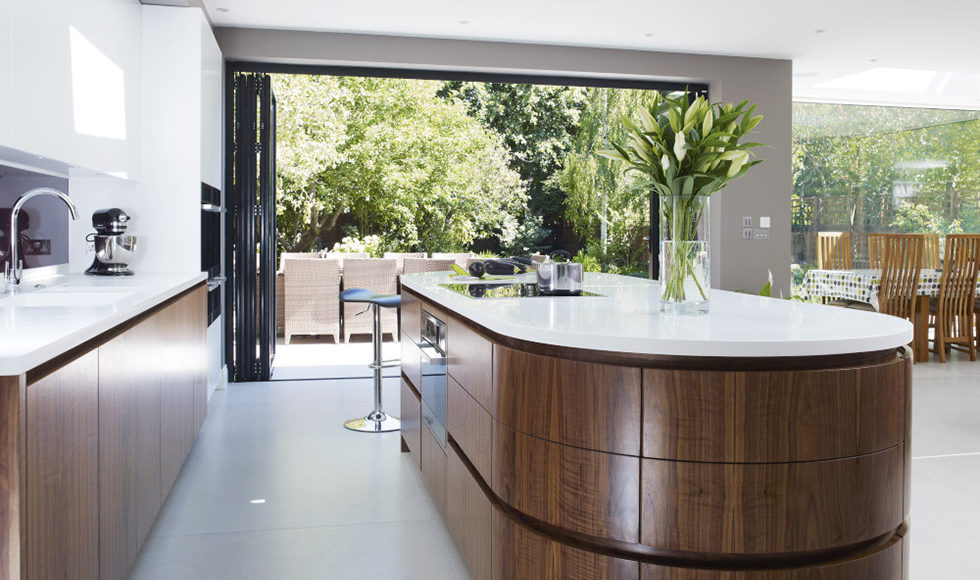Keeping and maintaining a sense of independence is important as we age, and is just one reason why many elderly people opt to have care in the home. A live-in carer provides the support older people need to carry on living at home and stay independent in the kitchen. But that doesn’t mean they do everything for them. A carer providing home care services, will be keen to help maintain as much independence as possible, in all sorts of ways.
Preparing meals and home-baking are just two activities that older people may enjoy but how can you ensure that the kitchen remains a safe space for them to continue to do these activities?
1. Invest in appropriate kitchen aids
When the smallest, essential tasks become impossible for someone to do, the impact on their life can be huge. Being unable to open jars, for example, means that the many foods they enjoy, such as jams and other condiments, are no longer part of their diet.
Many kitchen aids can help people use their kitchen better, from inexpensive pieces of equipment that promote grip to utensils that are adapted for better use.
2. Rearrange the kitchen for easier access
Rearranging what is kept in which cupboards can help a great deal in helping stay independent in the kitchen. Most of the common problems experienced by elderly people have fairly simple soultions.
For example, rearrange cupboards so that frequently used items are within easy reach. If possible, place lighter items in wall cupboards and heavier items in base cupboards.
Move other pieces of furniture that are in the kitchen into another room, if they are not being used and are cluttering the space.
Streamline kitchen equipment too, especially if there are cupboards of items that are no longer being used. Creating space so that there is more room to be able to manoeuvre items, and move around themselves, can be a great help to maintain independence in the kitchen.
3. Share roles and responsibilities in the kitchen
Sharing roles and responsibilities means that everyone can still enjoy some aspects of being in the kitchen, whether this is preparing simple meals or enjoying baking with some help.
For example, you could part-prepare some meals for an elderly person, which means they could complete the meal at a time that suits them. They may also be able to load the dishwasher, for example, but emptying it and moving around the kitchen to do so could be problematic.
Work through what they can do, what things they need help with and what you can do to make tasks in the kitchen easier for them. Of course, there is nothing better than cooking and baking together either, trying new recipes and cuisines.
4. Adapt the kitchen design
If budget allows, adapting the kitchen so that it is safer and more accessible would be the ultimate means by which older people can continue to use the area safely and stay independent. This could mean lowering worktops or replacing the tap with an easy-to-use mixer tap, as well as other adaptations.







